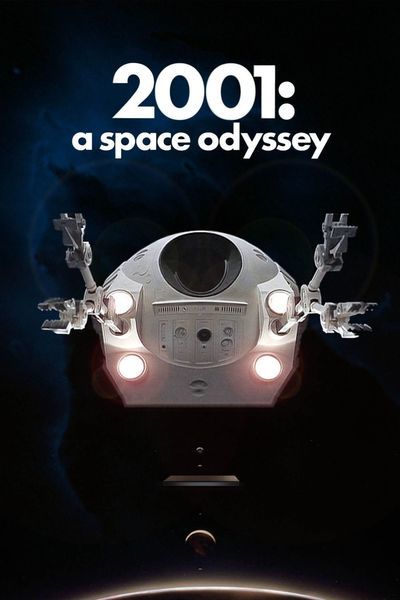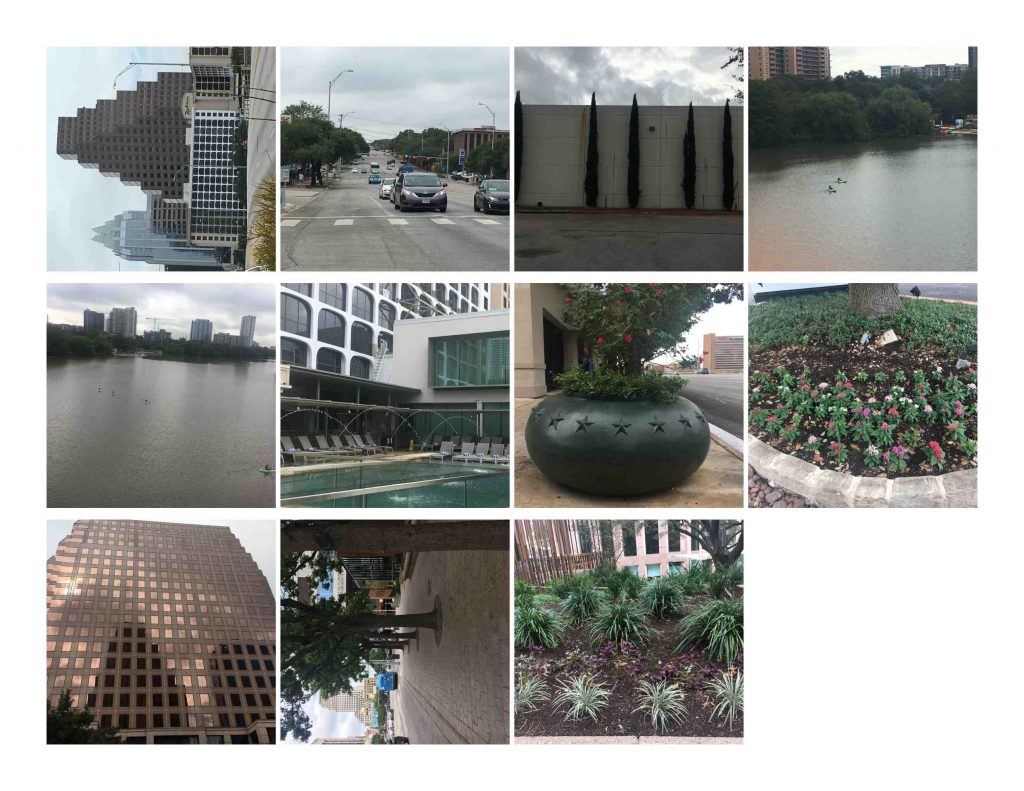Stanley Kubrick is one of the most influential directors in cinematic history. From his crazed habits of perfecting his takes to his ingenious layout when he films, he is my inspiration when it comes to the fine arts. From “A Clockwork Orange” to “The Shining”, he never fails to deliver top quality cinemas. But the best thing about Stanely Kubrick is his methods of filming. He is a persistent, cunning, and sometimes rather insane when it comes to developing a film. He harasses his actors quite often only to have them fit their mood into the characters they play. One of the most notable actors, Shelley Duvall, was harassed and bullied occasionally by Stanley Kubrick in order for her mood to fit with the character she was assigned which was Wendy from “The Shining”. Stanley Kubrick, even being known as one the greatest directors in cinema history, wasn’t perceived to be as great as a friend. He was disliked by other directors, writes, and actors due to his strange and unusual nature. But his actions and his methods, the way I see it, is definitely a work of art. Through his sheer persistence in taking charge with most of the development of his film, to doing a huge number of retakes for one scene in some of his movies, this insane genius never falters into making his work of art perfect in his image.
This video summarized Stanley Kubrick and his work: https://www.youtube.com/watch?v=DsPL_ByPXpM





















